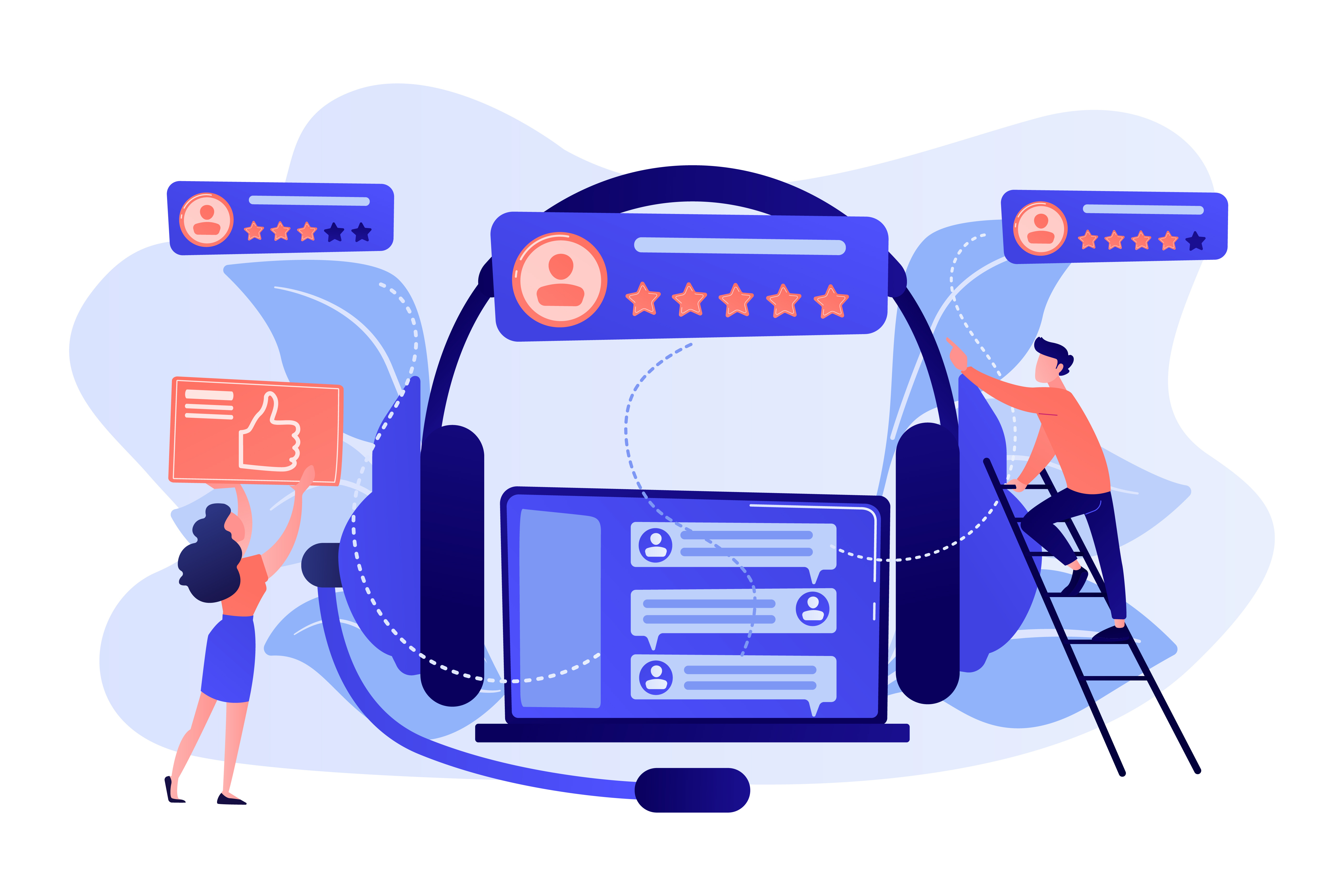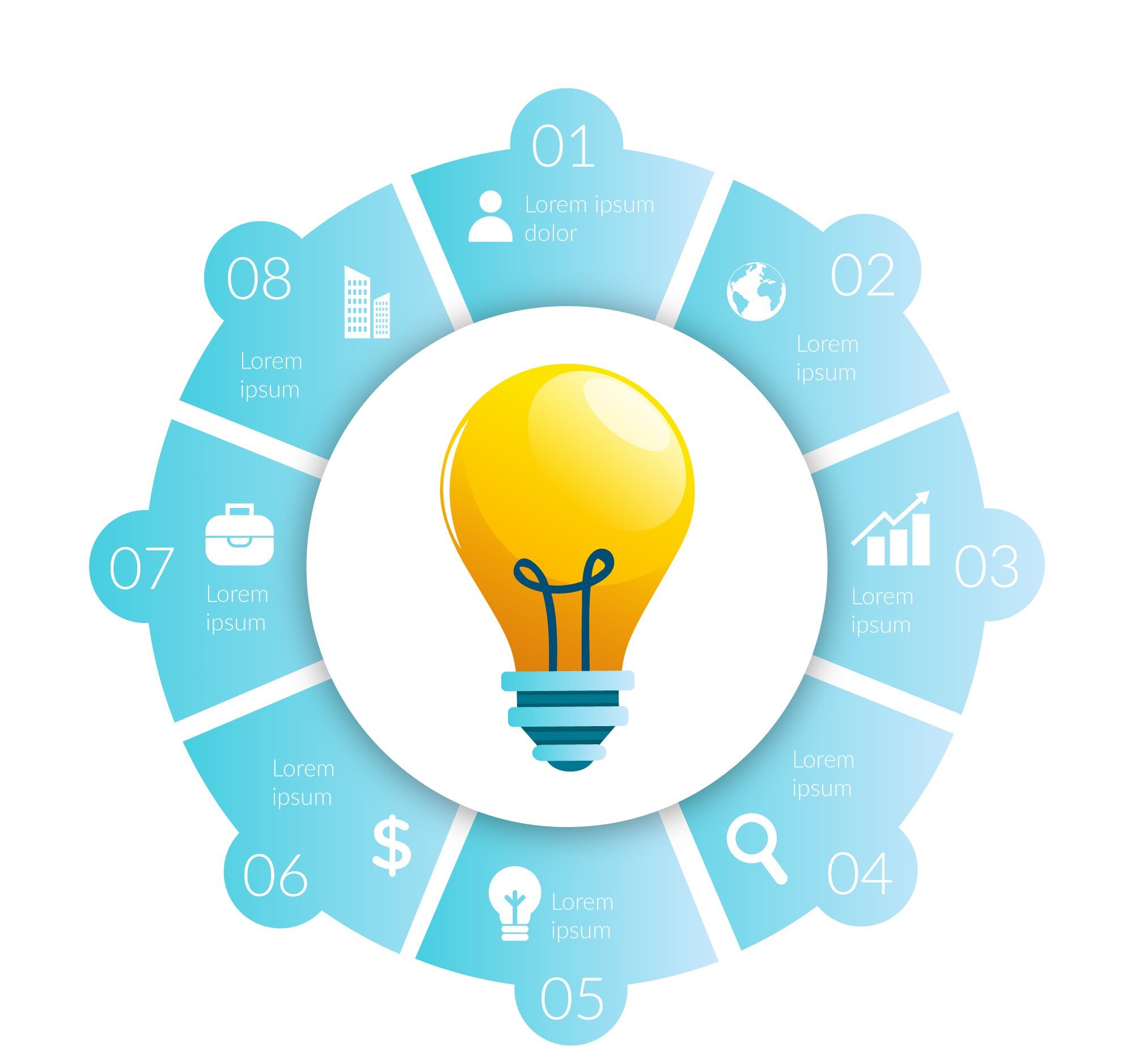Effective employee training is more than a checkbox activity; it’s a strategic investment that drives business success. However, many organizations struggle to ensure that training initiatives align with broader organizational objectives.
By connecting employee training to measurable goals, businesses can enhance productivity, foster innovation, and achieve sustainable growth.
This blog provides actionable steps to align training initiatives with organizational goals while exploring the role of bite-sized training and e-learning in achieving this alignment.
The Importance of Alignment in Employee Training
Aligning training with organizational goals ensures that employees develop the skills needed to:
- Support strategic priorities.
- Improve team performance and collaboration.
- Contribute to measurable business outcomes.
When training aligns with organizational objectives, it becomes a tool for achieving growth, not just an operational expense.
Challenges in Aligning Training with Goals
- Undefined Objectives: Organizations often launch training programs without clearly defined outcomes.
- One-Size-Fits-All Approach: Generic training fails to address role-specific or team-specific needs.
- Lack of Metrics: Without measurable KPIs, it’s challenging to assess the impact of training on organizational goals.
Steps to Align Employee Training with Organizational Goals
1. Define Organizational Objectives
The first step in aligning training is understanding what your organization aims to achieve.
How to Do It:
- Identify key business goals such as increasing revenue, improving customer satisfaction, or enhancing product quality.
- Collaborate with leadership to prioritize objectives.
Example:
A tech company prioritizes customer retention as a strategic goal and tailors its training to improve customer service skills.
Related reading: Explore for a detailed framework on tying business priorities to training initiatives.
2. Identify Skill Gaps
Conduct a skills assessment to identify gaps that need to be addressed through training.
How to Do It:
- Use surveys, performance reviews, and feedback to assess employee skills.
- Align identified gaps with organizational priorities.
Example:
A marketing team identifies a lack of data analytics expertise as a barrier to executing targeted campaigns.
Explore this blog: which walks through surveys and performance review strategies.
3. Develop Role-Specific Training Programs
Tailor training content to meet the specific needs of roles and departments.
How to Do It:
- Work with managers to design training modules that address team-specific goals.
- Use bite-sized training to deliver targeted lessons.
Example:
A sales team receives microlearning modules on objection handling and closing techniques to boost sales performance.
4. Leverage E-Learning Platforms
E-learning platforms offer flexibility and scalability, making it easier to align training with organizational goals.
How to Do It:
- Choose a platform that supports customized learning paths.
- Incorporate gamification and progress tracking to engage employees.
Example:
An organization uses an e-learning platform to create training paths for new hires, focusing on skills critical to their roles.
5. Set Measurable KPIs
Establish clear metrics to evaluate the effectiveness of training programs.
How to Do It:
- Use KPIs such as course completion rates, knowledge retention scores, and performance improvements.
- Tie these KPIs to organizational outcomes like increased revenue or reduced errors.
Example:
A manufacturing company measures the impact of safety training by tracking a reduction in workplace accidents.
6. Monitor and Refine
Continuously evaluate training effectiveness and make adjustments based on feedback and results.
How to Do It:
- Use analytics to identify underperforming training modules.
- Gather feedback from employees and managers.
Example:
An HR team updates leadership training based on feedback indicating a need for more real-world scenarios.
The Role of Bite-Sized Training and E-Learning
1. Bite-Sized Training
Short, focused lessons make it easier for employees to retain information and apply it to their roles.
Benefits:
- Flexible learning schedules.
- Higher engagement through interactive content.
- Faster skill acquisition.
Example:
A logistics team completes 5-minute lessons on inventory management during their shifts.
Explore more here in detail on how microlearning reduces training time by up to 80% and improves performance by 17%.
2. E-Learning
E-learning platforms provide scalable solutions for delivering personalized training programs.
Benefits:
- Access to training anytime, anywhere.
- Analytics to track progress and performance.
- Customizable modules to align with business objectives.
Example:
A financial services firm uses e-learning to train employees on compliance regulations, ensuring adherence across multiple locations.
Conclusion
Aligning employee training with organizational goals transforms it into a powerful driver of business success. By defining clear objectives, tailoring training programs, and leveraging bite-sized training and e-learning, organizations can create impactful learning experiences that achieve measurable results.
5Mins.ai helps thousands of teams speed up their training and upskilling with our AI powered TikTok style platform. You can check out our full library of 20K + bite-sized lessons by filling in the form below
Full Catalogue
.png)



